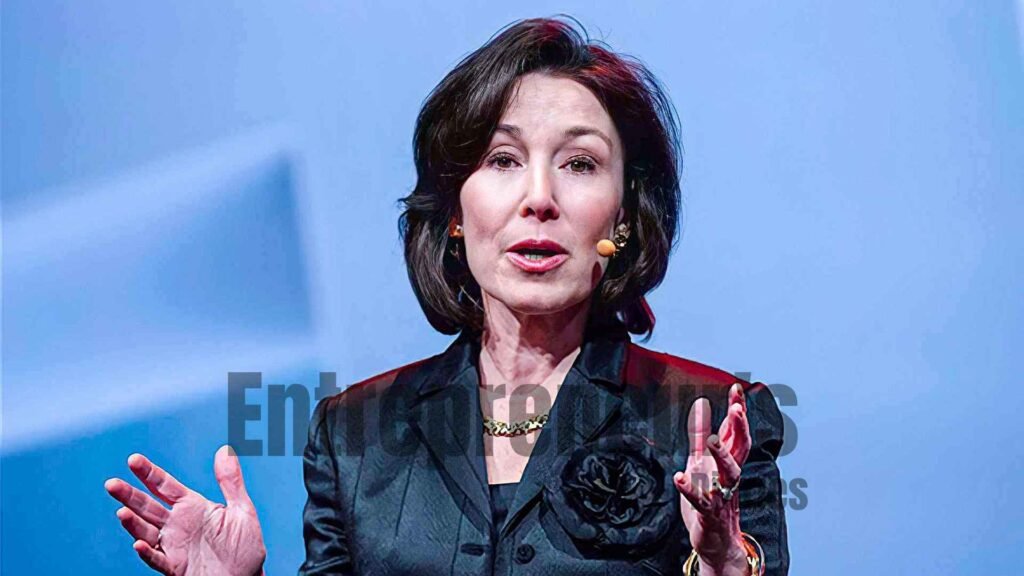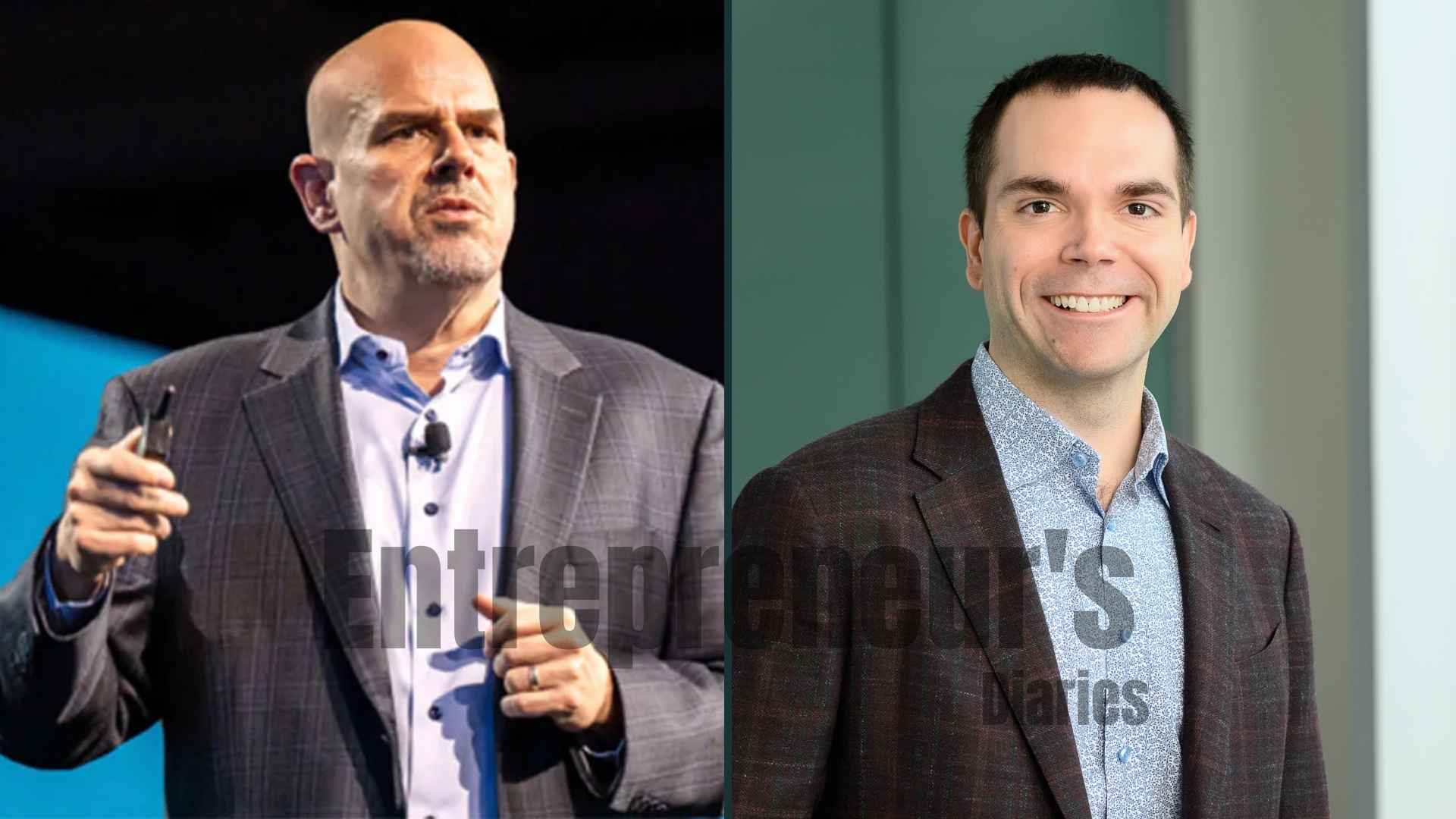SAN FRANCISCO, Sept 22: Oracle Corporation has turned a page in its succession story, officially naming Clay Magouyrk and Mike Sicilia as co-chief executives. The move ends Safra Catz’s 11-year tenure at the helm and places the database giant under dual leadership at a moment when its bets on artificial intelligence and cloud computing are paying off. Catz will remain close to the action as Executive Vice Chair of the Board, while Larry Ellison continues as Executive Chairman and Chief Technology Officer.
A Carefully Orchestrated Transition
The announcement did not arrive out of the blue. In June 2025, Oracle filings promoted Magouyrk and Sicilia to the rank of president. Analysts at the time read the change as an unmistakable signal that Ellison and the board were preparing for succession. By September, the plan crystallized into a co-CEO structure, a model Oracle has used before. When Ellison stepped back as CEO in 2014, he installed both Catz and the late Mark Hurd as co-leaders.
Who Are the New Faces at the Top
Magouyrk, widely credited with scaling Oracle Cloud Infrastructure (OCI), has been the point man for deals in AI-driven workloads and hyperscale partnerships. Sicilia, a long-time Oracle executive, has overseen Oracle Industries, embedding AI features into sector-specific applications ranging from healthcare to finance. Their pairing is no accident: one has deep infrastructure DNA, the other domain expertise in applications and verticals.
Safra Catz’s Legacy

Catz’s influence on Oracle is hard to overstate. She guided the company through its transformation from an on-premise software vendor into a cloud contender. During her tenure, Oracle made multibillion-dollar acquisitions, restructured its operations, and stabilized revenue growth during industry turbulence. As she noted in her farewell statement, “at this time of strength is the right moment to pass the CEO role to the next generation of capable executives,” according to The Verge.
Investor Reactions and Market Jitters
Markets registered a muted response. Oracle’s stock dipped roughly 1.1 percent in premarket trading after the news, as reported by Barron’s. But analysts did not sound alarm bells. Instead, many described the shift as a succession plan executed from a position of strength. Business Insider noted that Oracle’s booming AI and cloud contracts have put the company on more solid footing than at any time in the past decade.
Why a Co-CEO Structure Now
The decision to appoint two leaders speaks to the breadth of Oracle’s current ambitions. The company is not only competing with Amazon Web Services, Microsoft Azure, and Google Cloud, but also trying to carve out unique ground by embedding AI across industry-specific applications. Splitting responsibilities between infrastructure and applications allows each executive to focus, while Ellison remains the strategic architect from the boardroom.
That said, dual leadership structures are not without risk. Analysts caution that overlapping authority can lead to friction and slower decision-making. Reuters reported that companies adopting co-CEO models often struggle with clarity of roles and accountability. Oracle’s history of making the structure work with Catz and Hurd offers precedent, though different market conditions shaped those dynamics.
Broader Industry Context
The shift underscores a broader wave of tech leadership transitions. With AI reshaping the competitive landscape, several large firms have recruited leaders with strong technical backgrounds. Oracle’s move echoes this trend, positioning Magouyrk as the cloud technologist and Sicilia as the applications strategist. The bet is clear: AI and cloud infrastructure are the engines that will drive Oracle’s growth in the next decade.
Ellison’s Continued Grip
Despite stepping away from the CEO title years ago, Ellison remains Oracle’s center of gravity. As Executive Chairman and CTO, he still oversees technology roadmaps and large-scale strategy. His blessing of Magouyrk and Sicilia as “proven leaders,” reported by Barron’s, signals that the co-CEO arrangement is less an experiment than a calculated extension of Ellison’s long-running vision.
Looking Ahead
For Oracle, the question is not whether the co-CEO model can function, but whether it can accelerate growth in an AI-dominated landscape. The company’s enterprise contracts and partnerships already show momentum, particularly in AI training workloads running on OCI. If Magouyrk and Sicilia can maintain unity while scaling their respective domains, Oracle could consolidate its late-stage surge in the cloud race.
Investors will be watching closely for signs of how the power balance plays out. Will Magouyrk’s cloud deals overshadow Sicilia’s application innovations, or will the dual model prove symbiotic? For now, Oracle is framing the shift as a handoff from strength rather than a reaction to weakness.
Connect With Us On Social Media [ Facebook | Instagram | Twitter | LinkedIn ] To Get Real-Time Updates On The Market. Entrepreneurs Diaries Is Now Available On Telegram. Join Our Telegram Channel To Get Instant Updates.







